UK PMI Manufacturing was finalized at 47.2 in November, up notably from October’s 44.8. This marks the third consecutive month of rising PMI figures and the highest level since May.
Despite these gains, it is important to note that the PMI has remained below the neutral 50 mark for 16 consecutive months, indicating a prolonged period of contraction in the manufacturing sector.
Rob Dobson, Director at S&P Global Market Intelligence, commented, “Although the downturn in production eased sharply in November, the latest PMI report brings little festive cheer when the finer details are considered.”
Dobson pointed out that despite improvement in production, the sector faces ongoing challenges. These include sharp declines in new order inflows and exports, along with clients destocking, which collectively suggest that a robust and sustained revival in meaningful growth is not yet on the horizon.
Dobson also noted, “Manufacturers are preparing for tough times ahead, with their continued caution leading to cutbacks in staffing, inventories, and purchasing.”




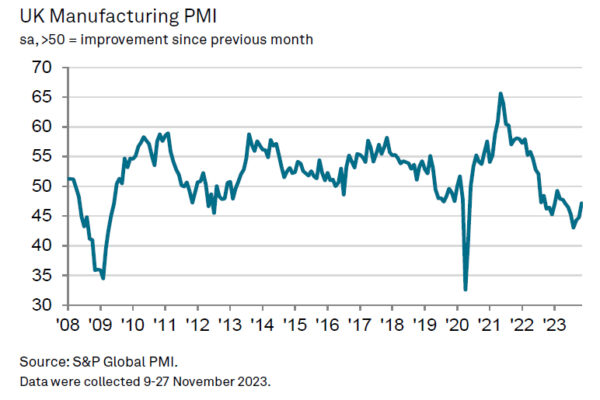
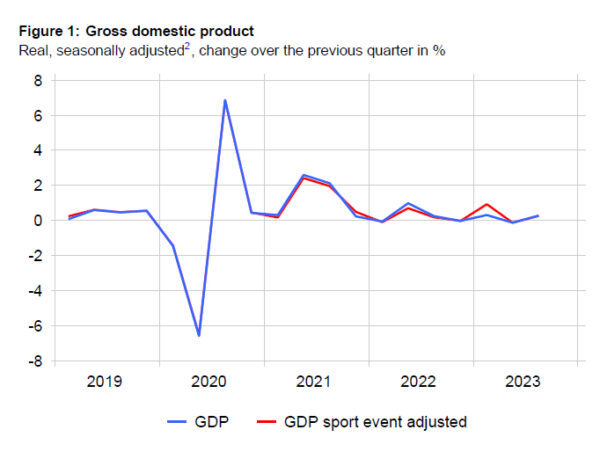
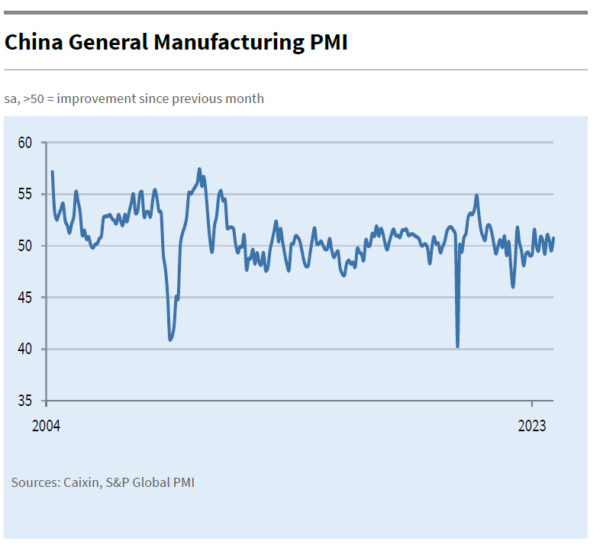
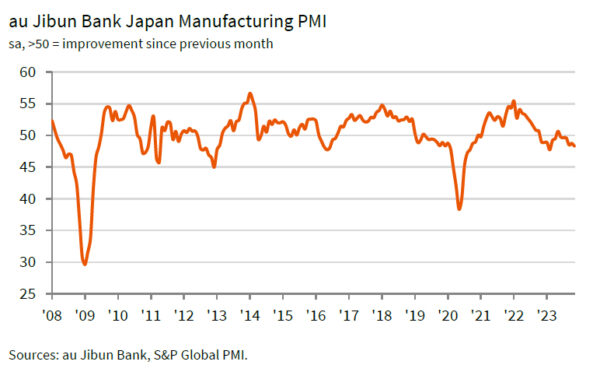
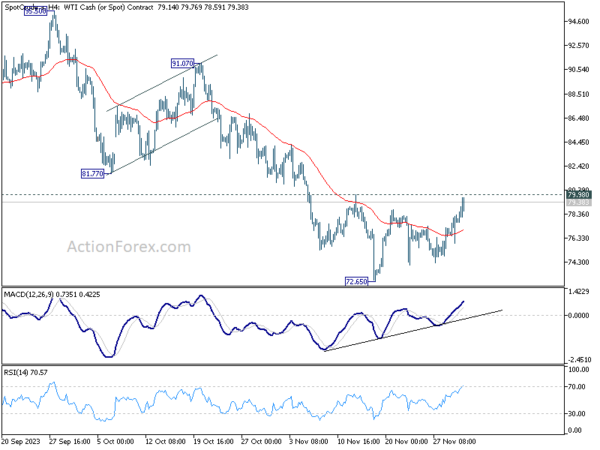
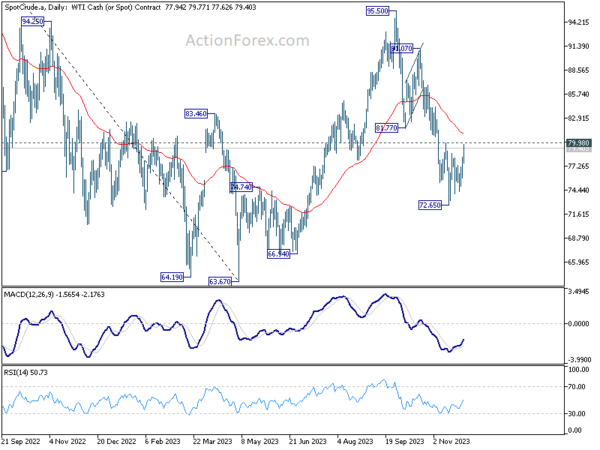
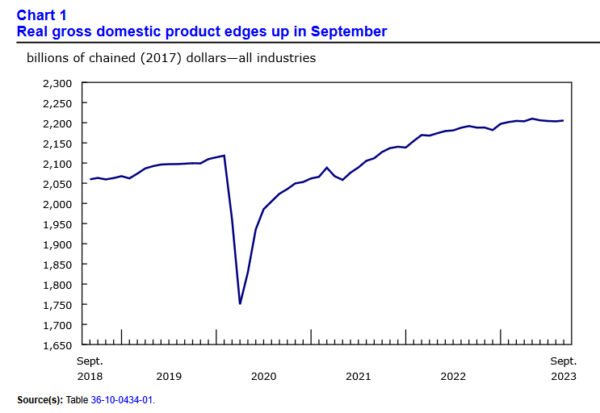
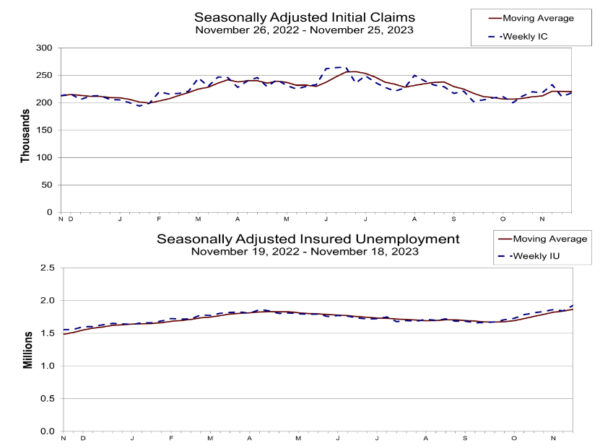
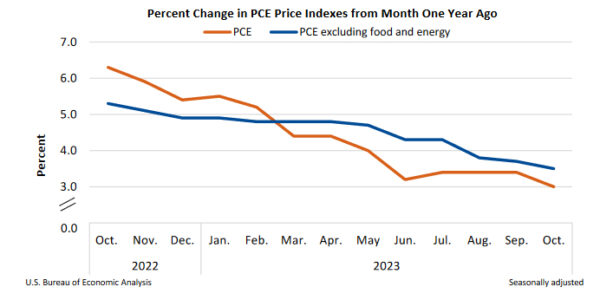
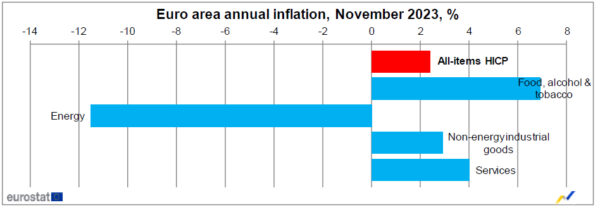
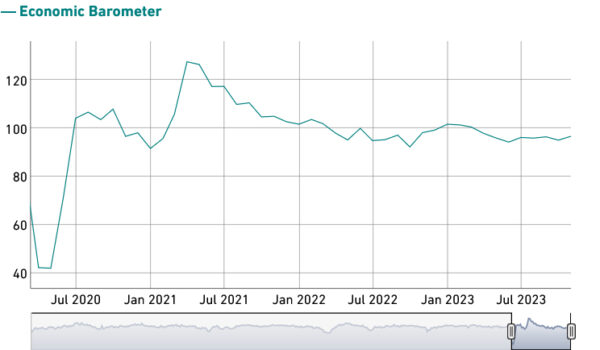

Canada’s employment rises 24.9k in Nov, unemployment rate ticks up to 5.8%
Canada’s employment grew 24.9k in November, better than expectation of 14.2k.
Unemployment rate rose from 5.7% to 5.8%, matched expectations, and continuing an upward trend observed since April.
Total hours worked fell -0.7% mom and were up 1.3% on a year-over-year basis.
On a year-over-year basis, average hourly wages rose 4.8%, similar to the increase recorded in October.
Full Canada employment release here.